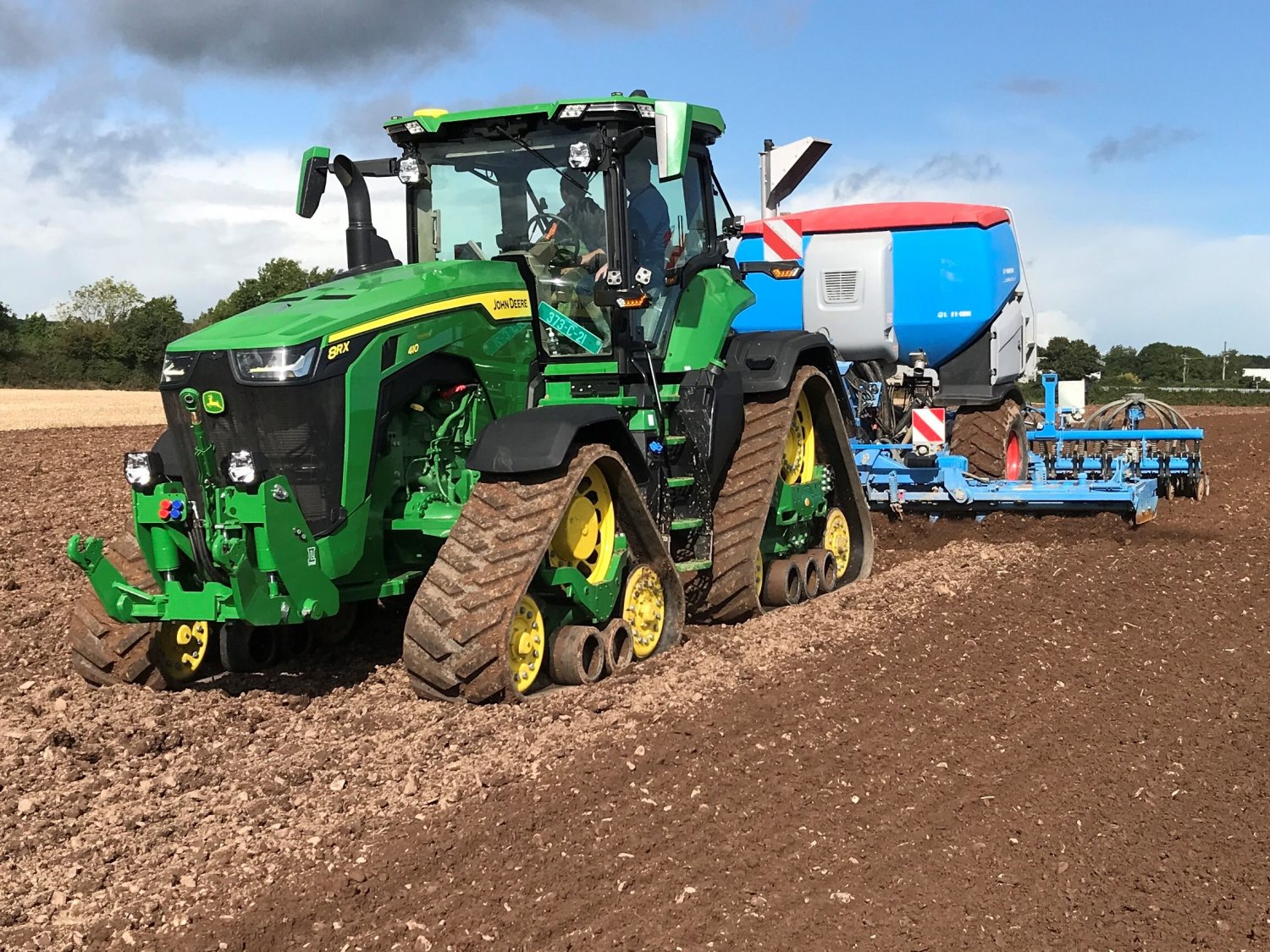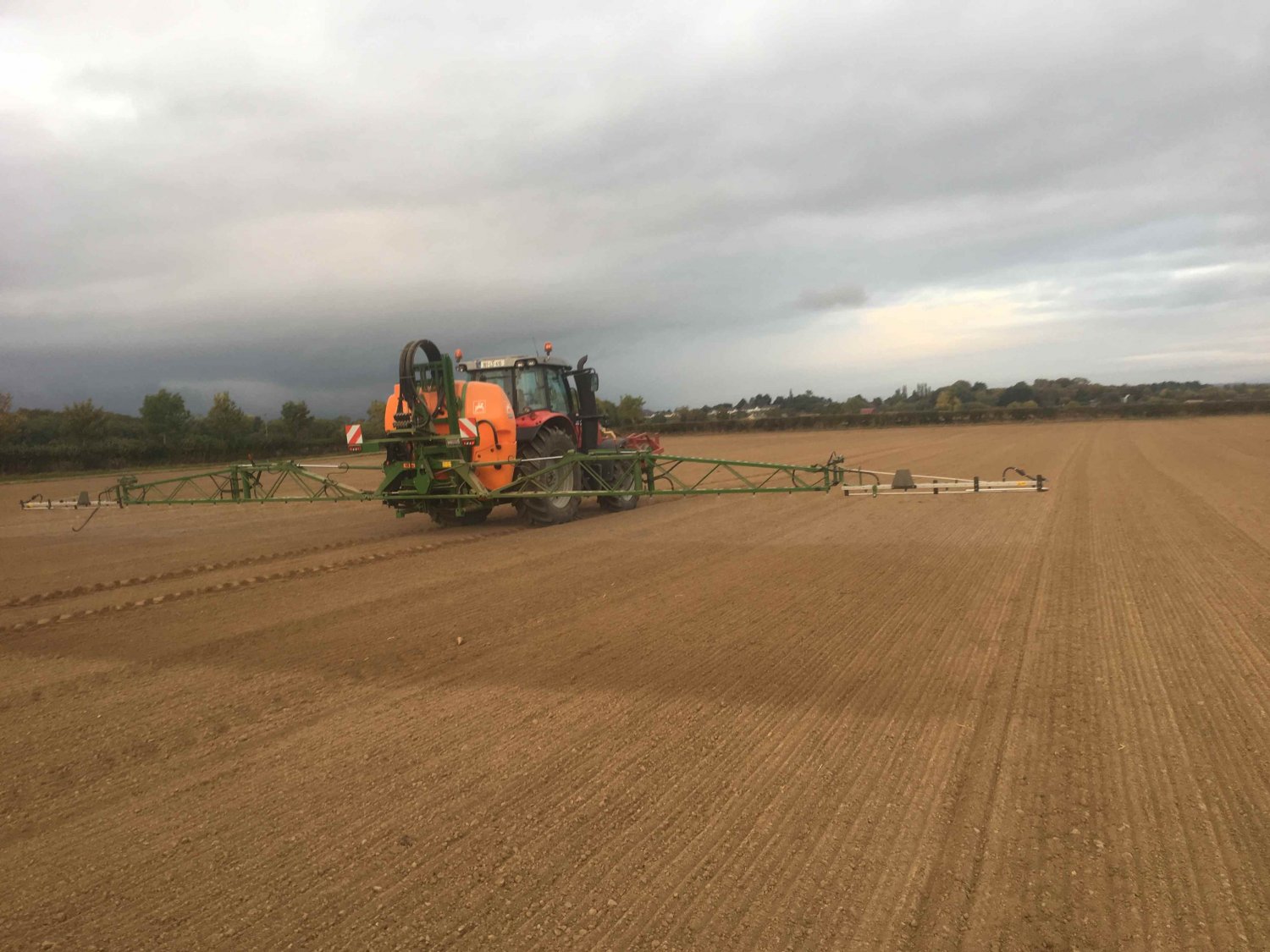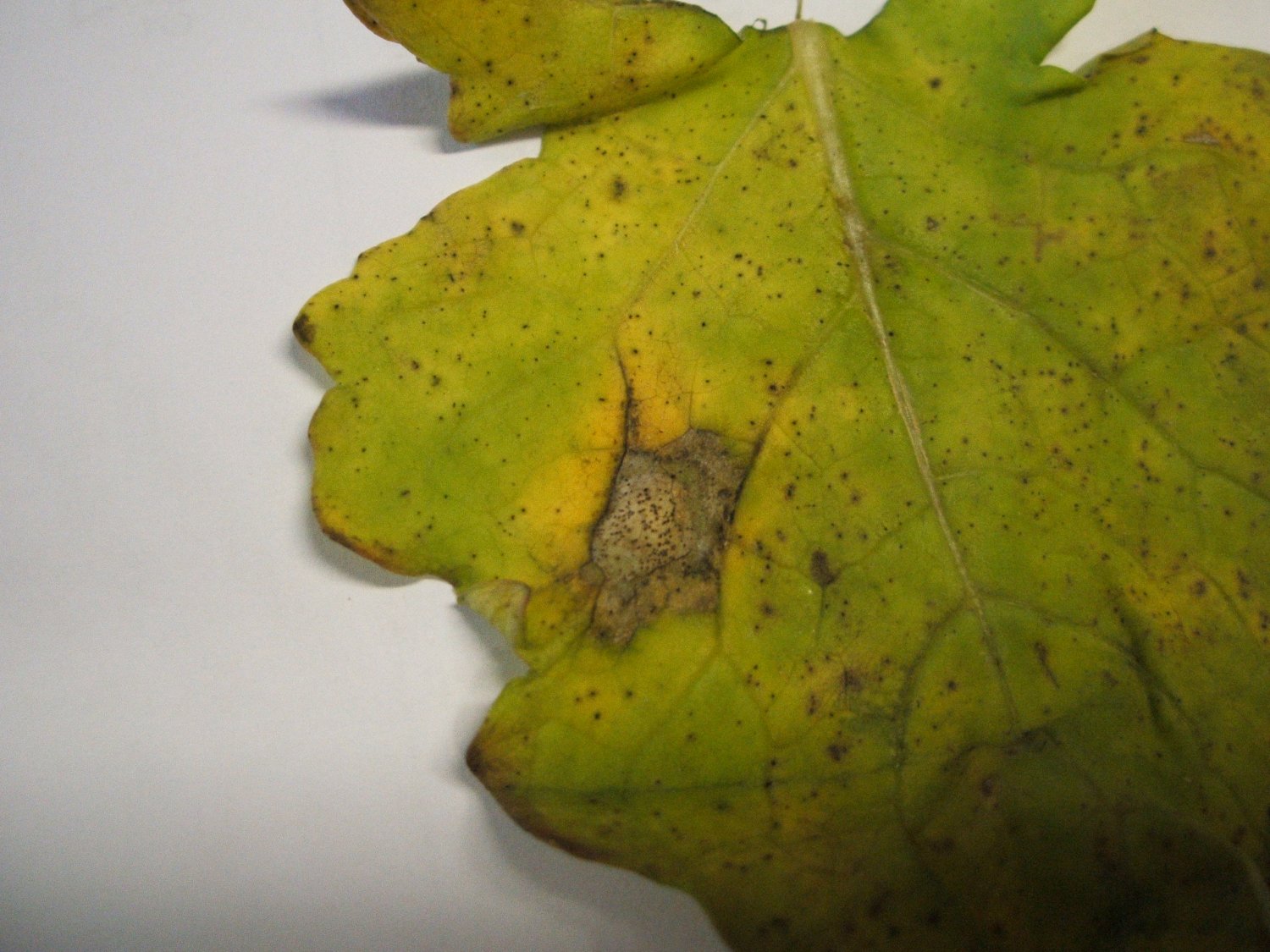
Teagasc Crop Report
Update No. 11 2023
Update No. 11 2023

To view the full report you must have an existing account with Teagasc ConnectEd.
Farmers sign in hereAlready have a ConnectEd account? Connected Client or Teagasc staff log in here
Autumn planting
Autumn planting will be delayed this year as many fields are close to saturation point as a result of recent heavy rain.
Choosing varieties from the DAFM recommended list of cereal varieties ensures reliability of varieties that have been tested in Irish conditions for a minimum of three years. Use thousand grain weight printed on the bag to calculate seed rate.
Pre emergence herbicides in wheat and barley will give the most reliable control of weeds especially grass weeds and is also the most cost effective method of weed control in wheat and barley. Pre emergence herbicide also reduces the need for post emergence options where herbicide resistance is most likely to occur. Refer to weed susceptibility table to select herbicide most suitable for weed spectrum in each field.

Early sown crops are at most risk of BYDV. Access risk and apply pyrethoid insecticide at 2-3 leaf stage where risk of BYDV exists.
Winter Oilseed Rape
Early drilled crops are growing well at the moment but later drilled crops are only at the 2 to 4 true leaf stage. Slug damage is reported in some crops while volunteer cereals are growing strongly and will need to be controlled. There are no reports of cabbage stem flea beetle damage.
Weed control - crops that did not receive a pre emergence herbicide will need some weed control in the coming weeks. Herbicide choice will depend on the weed spectrum. Some growers will wait until December to apply Astrokerb while others will need to control volunteer cereals with a graminicide e.g Falcon which may well include a tank partner like Belkar and a fungicide.
Disease control - Phoma and Light Leaf Spot will be the big challenges this autumn for details of control strategies click on the link Autumn Disease Control

Potatoes
Digging to fill stores is a bit away yet as growers wait for the early desiccated crops to be ready and soil conditions to improve after the recent very wet weather. Some met stations have recorded over 60mm of rain in the past week which will make conditions very sticky.
Desiccation - most crops have received their first and possibly second application of whichever combination of Spotlight Plus, Gozai or Reglone. In most cases these have been slow to act, given the cloudy weather over the last few weeks, with the exception of crops which received the 0.75l/ha of Reglone which has helped. Remember the total rate of both Gozai and Spotlight Plus is 1.6 l/ha including any that was applied in the spring as a herbicide. See Potato Desiccants Table for details.
Both Gozai and Spotlight will be slow acting in the current weather so growers will need to have patience, in previous years we have seen that it takes up to six weeks to have full desiccation. In 2021 Teagasc conducted a workshop to show how combinations of the different products worked this can be seen on the following link Teagasc Potato Desiccation Workshop
Important dates for tillage farmers this autumn
| Action | Date |
|---|---|
| Chemical fertiliser | Prohibited start date Sept 15th |
| Slurry application | Prohibited start date Oct 1st (now Oct 8th) |
| Farmyard manure application | Prohibited start date Nov 1st |
| Fertiliser register - enter closing stock for 2023 | Deadline Oct 15th |
| Ploughing grassland | Between 1st July and 15th October, have the necessary measures taken place within 14 days of ploughing to provide for emergence of green cover from a sown crop |
| Ploughing grassland | The ploughing of all grassland is prohibited between 16th October and 30th November |
| Ploughing grassland | The ploughing of grassland land with a slope of 20% or more, between 1st December and 31st December, is prohibited. |
| Ploughing arable land | Where arable land is ploughed between 1st July and 30th November the necessary measures, shall be taken within 14 days of ploughing to provide for emergence of green cover |
| Ploughing arable land | The ploughing of arable land with a slope of 15% or more, between 1st December and 31st December, is prohibited |
| Arable land not subject to stubble cultivation (20-25%) | The 20 – 25% of land that is not shallow cultivated must not have any herbicides applied until at least 1st of February the following year, unless a crop has been planted. |
| Ploughing arable land | Land ploughed between the 1st of December and 15th January must be maintained with a rough surface prior to a crop being sown |
| Non selective herbicide | If applying a non-selective herbicide to arable land between 1st July and 30th November, take the necessary measures to provide for the emergence of green cover (either sown or natural regeneration) within 6 weeks of application |
| Non selective herbicide | In the case of seed crops and crops for human consumption, where a contract prohibits pre-harvest use of a non-selective herbicide, the requirement to provide green cover is reduced to 75% of the contracted area where the herbicide is applied after 15th October |
| Non selective herbicide | Do not remove sown green cover before 1st December by the use of non-selective herbicides unless a crop is sown within 2 weeks of its removal |
Upcoming event
The Enable Conservation Tillage project is now coming to a close over the next few months and to present many of the findings and meet the participants Teagasc with the help of the partner organisations are holding an ECT conference.
Full conference agenda will be available nearer the date on the Teagasc Events Page.
ECT Conference;
Date; November 8th @ 10am
Venue; Kilashee House Hotel Naas, Co. Kildare Eircode; W91DC98